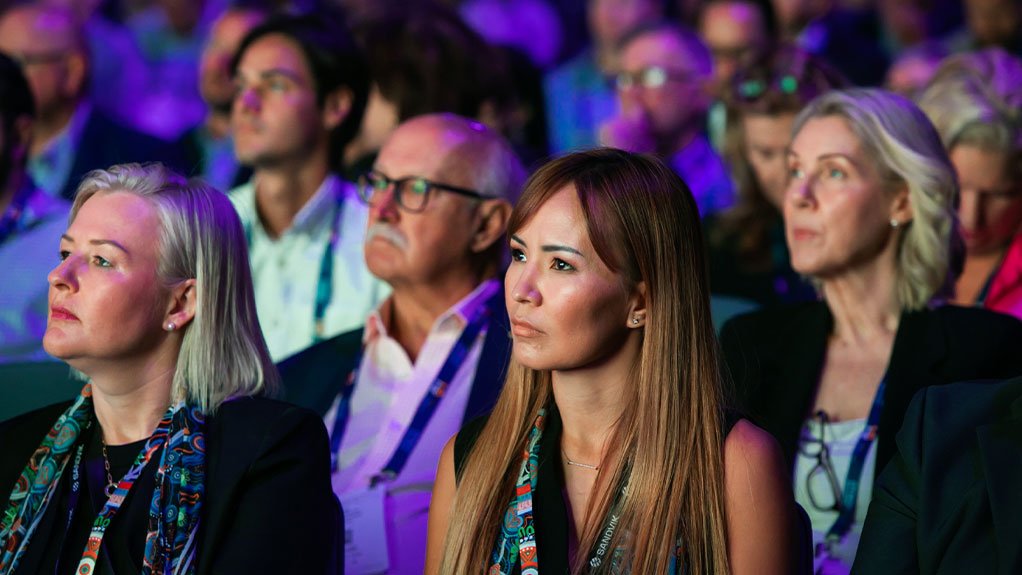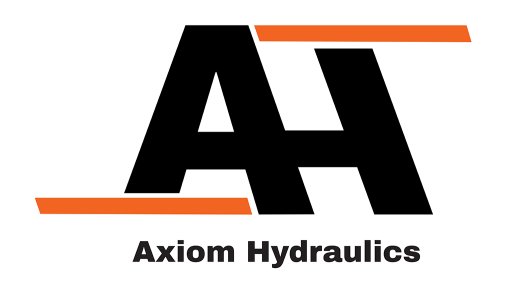Policy and tech keys to speeding circular journey: Helen Degeling
‘There is a huge knowledge gap, generally, around tailings’
Richard Roberts, Editorial Director, Beacon Events
Mining laws that open doors to more waste reprocessing can speed the industry’s progress down a long road to circular mining and metals value chains, according to Cobalt Blue’s Dr Helen Degeling. The experienced geologist says elevated technological innovation is another crucial tempo driver.
Speaking with Mining Beacon about the first Mining, Metals and the Circular Economy forum at IMARC in October, Degeling likened the current sustainability push in Australia to a (successful) safety campaign of the 1980s and 90s that saw safety become “embedded in the psyche” of the industry as well as its rubrics.
“I feel like it’s a similar movement to that,” she said.
“You’ve got the detractors. You’ve got people who say it’s too hard. It’s going to interfere with our operations and we won’t be able to operate efficiently.
“But then you have a whole lot of people who can see that past practices can’t be sustained in future.
“Mine closure and rehabilitation can be done differently. We can extract value from waste and at the same time reduce environmental legacies and risks.
“We can do better and we know it is the right thing to do.”
Cobalt Blue is planning to be a globally significant cobalt producer through a new mine on the storied Broken Hill mineral field in Australia and a proposed cobalt-nickel refinery in Western Australia. It is also working with companies such as Canadian copper producer Hudbay Minerals to build a mine-waste reprocessing arm on the back of the Australian company’s patented sulphide waste treatment process.
Hudbay has been looking for ways to recover copper, zinc and precious metals from more than 100 million tonnes of tailings at its wholly-owned Flin Flon site in Manitoba. The miner is understood to be drawn to Cobalt Blue’s IP for its metal recovery value but also its potential to convert environmentally toxic acid-generating sulphide rocks into an elemental sulphur revenue stream.
Hudbay has circa-C$300 million of mine restoration liabilities including those at Flin Flon.
Cobalt Blue estimates the world’s c200 billion tonnes of mine waste is expanding at 10-13 billion tonnes a year. North America is said to have more than 114,000 active and inactive mine sites; Australia over 10,000, with 240 mines expected to close by 2040 and mine closure costs predicted to reach $8 billion in 2030.
Valorisation of mine waste can offset this significant cost as well as yielding less carbon-emission-intensive metals and, where environmental risks are mitigated or removed, cutting site bond and taxpayer-borne site maintenance costs.
Environmental bonds paid to governments cover potential damage from mining activities. Bonds vary by location and by project size and pollution risk. Re-mining can reduce bond costs by lowering project size and risk, freeing up funds for rehabilitation and commercialisation of mine waste.
“Bringing circularity to a linear industry” through waste repurposing can have a “huge impact on how the mining industry contributes to economies, communities and global supply chains”, according to Cobalt Blue.
The company is assessing a wealth of further tailings processing opportunities in North America and Australia.
“There is a huge knowledge gap, generally, around tailings,” says Degeling.
“Mining companies are required to report on exploration activities, resource development and then mining production activities, but there's no requirement beyond environmental impacts to report on the composition of waste.
“At a national level [in Australia] Geoscience Australia are working on collating as much information on mine waste, and characterising that mine waste as much as possible, which is a really good first step. They are working with the different state surveys to fill that knowledge gap.
“That was a program, when I was working as the director of minerals for the Geological Survey of Queensland, that I instigated with along with colleagues at the University of Queensland.
“It’s really good to see that gaining momentum.
“But the biggest problem with reprocessing historical tailings in Australia is liability ownership.
“Resources are regulated at state level and different states have different solutions in place.
“In most cases, if a company wants to buy an historical site the state says, you touch it, you own it, with respect to the liabilities for pre-existing. In Tasmania, this has been managed on a site-by-site basis. If the state sees a significant benefit to re-opening an old mine, they can work with the company to waive historical liabilities but any new disturbance is owned by the new company.
“In Queensland there is a proposal for a new style of tenure for mine waste reprocessing. However, it is still a proposal.
“There is an increasing appetite for reprocessed and recycled minerals and metals for the energy transition. We have a strong regulatory framework for mining in Australia but at the moment we’re not keeping pace on mine waste reprocessing.”
As well as policy refinement and infrastructure investment, Degeling sees fast-paced technology-led innovation in the waste valorisation space as being critical to its rapid evolution.
“We’re now looking to process things that 50 years ago we didn’t care about,” she said.
“And if certain minerals [in waste] were that easy to get out in the first place maybe they wouldn’t be in the tailings now.
“For some of them we can use current [recovery] methods and for some it’s a tweak to a traditional method.
“But for others it's just something completely new.
“And then there is the real push for sustainability.
“Not only in cleaning up mine waste but in whatever operational scenario we have to be water efficient, have a low carbon footprint, and the residues created need to be benign to the environment.”
Degeling sees the elevated Mining, Metals and the Circular Economy platform at an industry event with IMARC’s international standing as being important.
“It’s a critical discussion in the first place and then having people there that can talk about real solutions is key,” she said.
“It’s not just a conversation that’s up in the clouds. No, here’s an example of this company or that company on the ground demonstrating sustainability metrics with a technology or a business model.
“It’s those live and lived examples that are hopefully going to change the industry’s ESG credentials.”
Article Enquiry
Email Article
Save Article
Feedback
To advertise email advertising@creamermedia.co.za or click here
Announcements
What's On
Subscribe to improve your user experience...
Option 1 (equivalent of R125 a month):
Receive a weekly copy of Creamer Media's Engineering News & Mining Weekly magazine
(print copy for those in South Africa and e-magazine for those outside of South Africa)
Receive daily email newsletters
Access to full search results
Access archive of magazine back copies
Access to Projects in Progress
Access to ONE Research Report of your choice in PDF format
Option 2 (equivalent of R375 a month):
All benefits from Option 1
PLUS
Access to Creamer Media's Research Channel Africa for ALL Research Reports, in PDF format, on various industrial and mining sectors
including Electricity; Water; Energy Transition; Hydrogen; Roads, Rail and Ports; Coal; Gold; Platinum; Battery Metals; etc.
Already a subscriber?
Forgotten your password?
Receive weekly copy of Creamer Media's Engineering News & Mining Weekly magazine (print copy for those in South Africa and e-magazine for those outside of South Africa)
➕
Recieve daily email newsletters
➕
Access to full search results
➕
Access archive of magazine back copies
➕
Access to Projects in Progress
➕
Access to ONE Research Report of your choice in PDF format
RESEARCH CHANNEL AFRICA
R4500 (equivalent of R375 a month)
SUBSCRIBEAll benefits from Option 1
➕
Access to Creamer Media's Research Channel Africa for ALL Research Reports on various industrial and mining sectors, in PDF format, including on:
Electricity
➕
Water
➕
Energy Transition
➕
Hydrogen
➕
Roads, Rail and Ports
➕
Coal
➕
Gold
➕
Platinum
➕
Battery Metals
➕
etc.
Receive all benefits from Option 1 or Option 2 delivered to numerous people at your company
➕
Multiple User names and Passwords for simultaneous log-ins
➕
Intranet integration access to all in your organisation



















